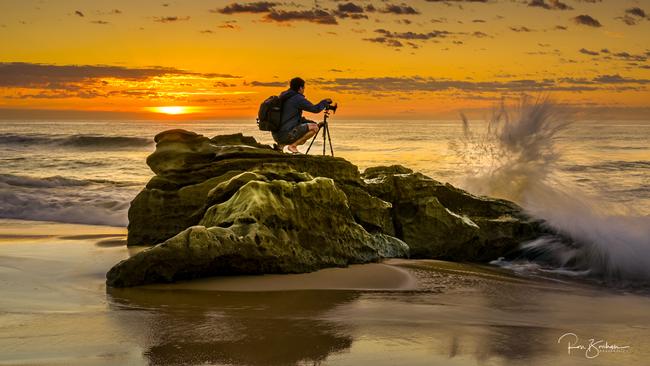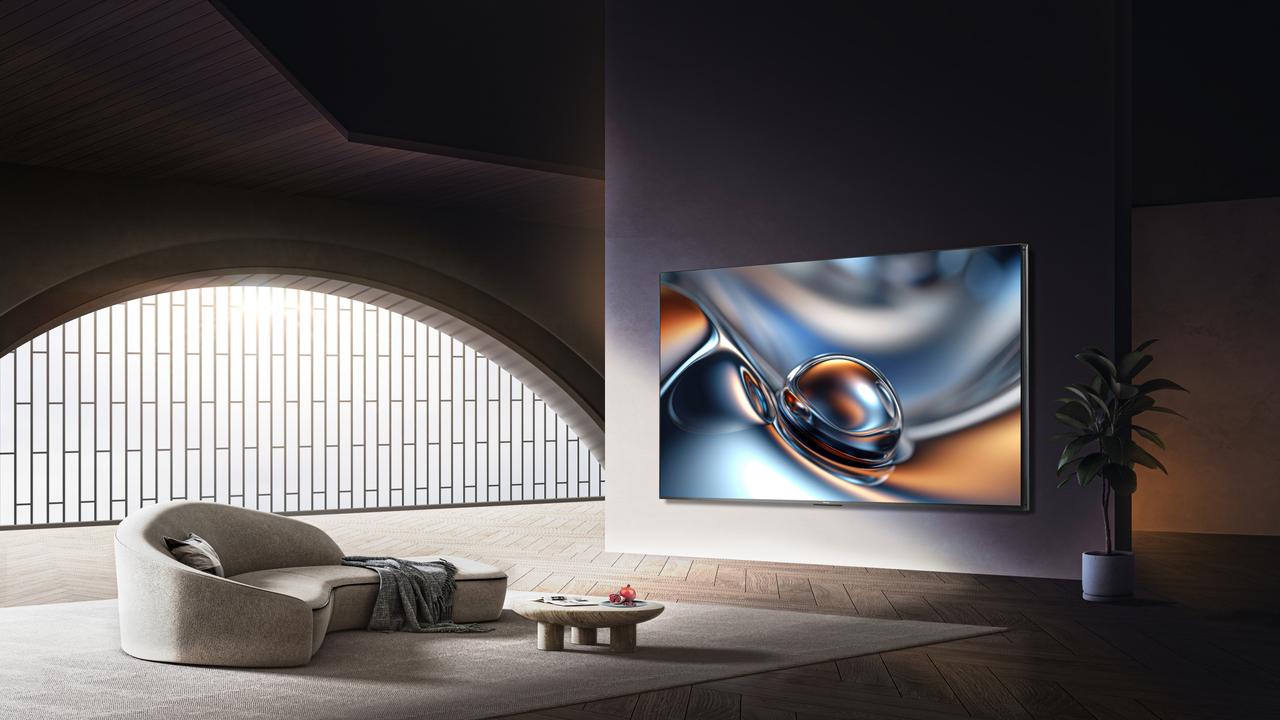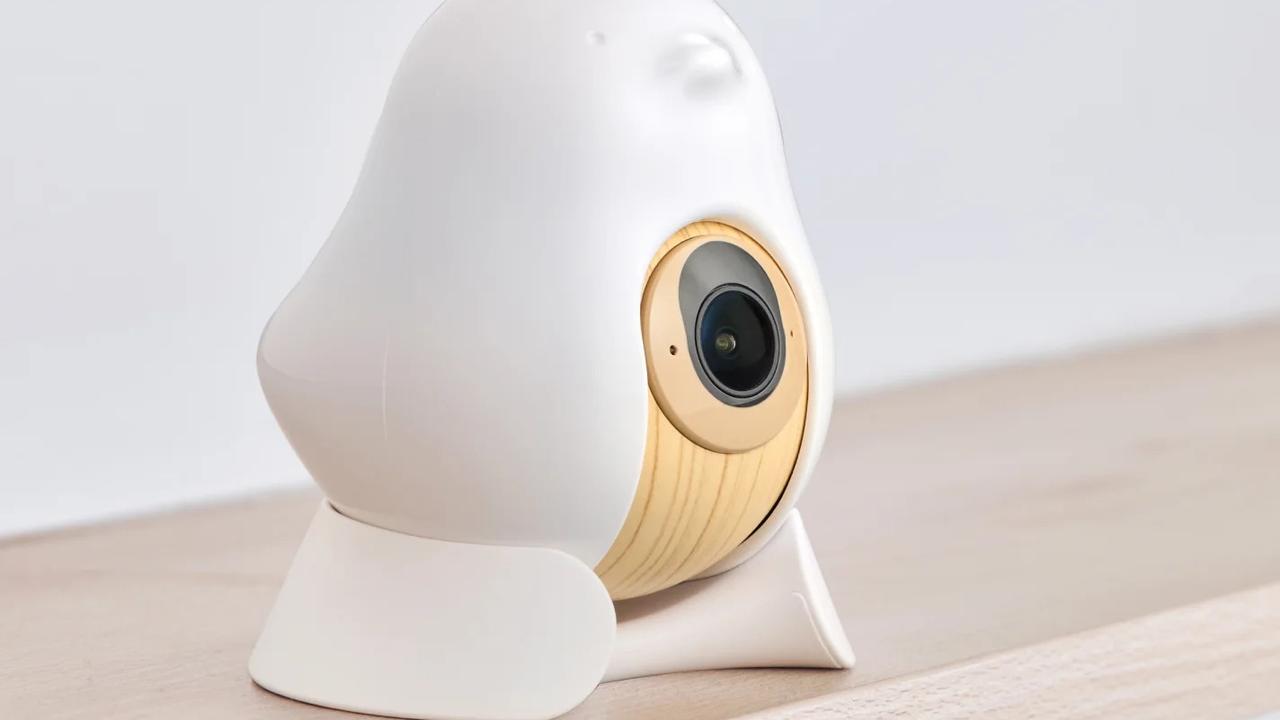Review: The Nikon Z6II offers dual memory card slots and an increased frame rate
The Nikon Z6II fits into the market as a prosumer model that offers immense appeal to serious amateur shooters.
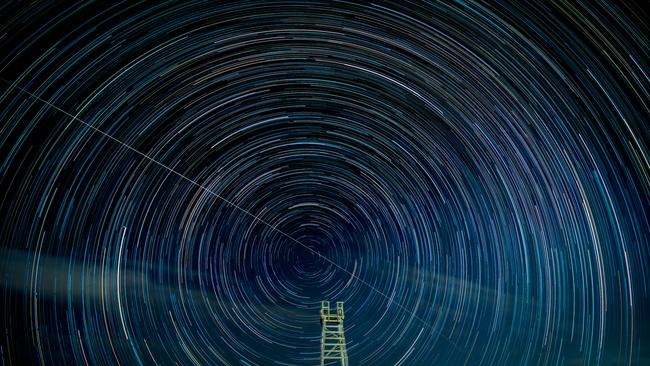
Nikon has been busy with their range of mirrorless cameras over the past few months. They have released a couple of new models and an update to the Z6 and Z7, to be known as the Z6II and Z7II, respectively.
The Z6 was initially the entry level 35mm or full frame camera for Nikon’s entry into the mirrorless market place. It has been given an update incorporating more processing power than the original Z6 and improved autofocus plus dual memory cards that will appeal to more serious photographers.
The Z6II fits into the market as a prosumer model that offers immense appeal to serious amateur shooters. It offers professional shooters such as wedding photographers an alternative to D750 and D780 DSLR cameras. Quite possibly the biggest competitor to the Z6II may well be Nikon’s own D780 DSLR, as both boast similar specifications.
Unpacking the Nikon Z6II, it is immediately apparent how much smaller the body is compared to, say, the D780; a feature of all mirrorless bodies when compared to a DSLR body. The body has Nikon’s look and feel quality, and the economics and handling feels spot on, something missing from other mirrorless bodies. The battery grip provides a firm and secure grip on the camera, even for those with larger fingers, making it comfortable and easy to handle.
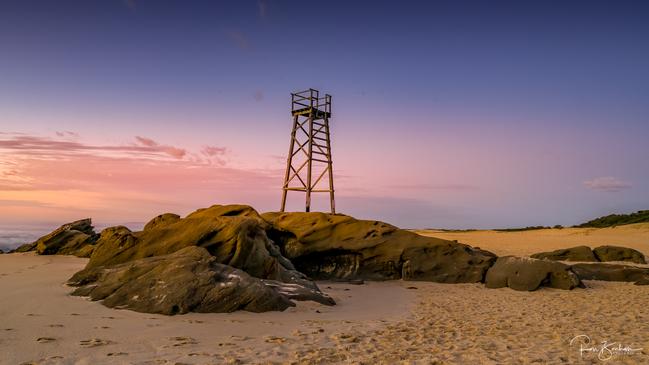
The body is manufactured from magnesium alloy and is weatherproof sealed against dust and moisture.
The key specifications are:
24MP CMOS sensor;
14 frames per second single point autofocus in 12-bit RAW. It’s worth noting this rate matches Nikon’s flagship DSLR, the D6 albeit in 12-bit RAW whereas the D6 is 14-bit RAW;
Dual memory cards, 1 x CFexpress backward compatible to XDQ and 1 x SD UHS-II;
A tilting touch screen monitor;
USB C for recharging the camera;
UHD 4K video at 30p;
Battery rating of over 400 shots, this was easily obtained in the field shooting;
Three user preset options on the top dial U1, U2 and U3;
Bluetooth and Wi-Fi connectivity.
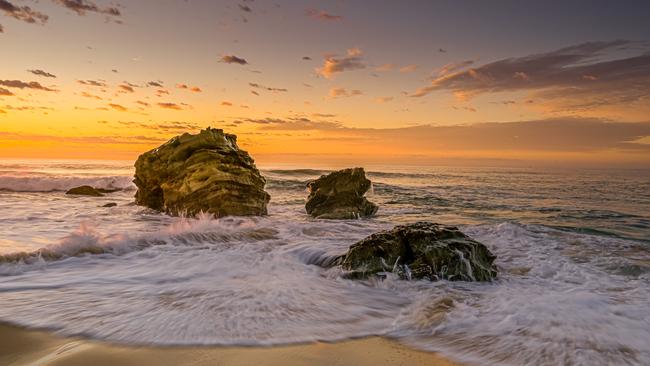
I matched the Z6II with 3 x Z lenses, an 85mm f1.8 near perfect lens for portraiture, a 24-70mm f2.8 which is a great all-round lens for landscapes and general use and finally a 70-200mm f2.8 lens for sport and also portraits. You can get an FTZ adaptor which allows the fitting of Nikon F series lenses to the mirrorless body.
The menu is a slight departure from the Nikon DSLR menu but easy to adapt too. The touch screen allows rapid and easy access to menu items such as AF-S, AF-C, frames per second, white balance. There is a new feature of human and animal face and eye focus and you can choose where the camera focuses. The face of your subject is encapsulated in a small on-screen square.
The auto focus is a treat to use, particularly in low light where it is claimed it can operate down to -4.5EV when using a lens with an aperture of f2.0 or faster at the high frame rate. It’s claimed the camera can extend the AF a further 2 stops if you choose the lower frame rate of 6 fps, quite remarkable.
In the field, shooting some board riders at sunrise, it operated without a glitch and the 12 fps and the 70-200 f2.8 lens behaved flawlessly tracking and capturing the action. A wedding photographer would find this feature highly effective in tracking a garter or bouquet throw across a darkened reception area.
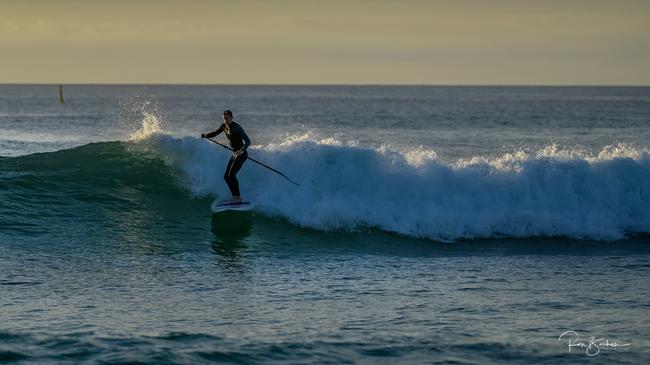
The camera is well suited to shooting indoor and outdoor sport with the right lenses, and for shooting wildlife. The autofocus proved reliable and accurate and when the FTZ adaptor was fitted to a Nikon 200-500 f5.6 lens, tracking a pair of kookaburras attacking a termites gave excellent results. However, the FTZ adaptor only works with Nikon F mount lenses.
Battery life is a challenge for mirrorless cameras as battery life falls a long way short on what you can expect with a DSLR. The Z6II comes with the latest EN-EL15C battery which is claimed to offer a 20 per cent increase in battery life over older model.
The camera is rated to deliver more than 400 images using the LCD, and more than 300 images the view finder. The filed experience would suggest these estimates are conservative. For wedding photographers, a supply of batteries and perhaps the addition of a battery grip would be essential.
At the time of evaluating the Z6II, it was not possible to shoot in RAW and edit the images if you use Adobe Photoshop or Adobe Photoshop Lightroom as Adobe has not yet released an update for Adobe Camera Raw (ACR). This should be rectified in the coming weeks.
You can shoot in RAW and use Nikons Capture NX-D, which is free software. However, whist NX-D is a free download, it does not offer anywhere never the level of editing options available with Adobe. There are workarounds to run a script to convert the Z6II images into a format that will allow ACR to convert the images to Adobe DNG, Adobe’s default RAW software converter.

There is of course the option to shoot in JPEG or TIFF file format. Both file formats can be edited in ACR.
There is no built-in flash, but there is a hot shoe to mount a speed light. Personally, I find built-in flash units are compromised in performance and a better option is to use a speed light. Flash synch speed is the standard 1/200th of a second, and auto FP high speed synch is selectable. Standard I-TTL and balanced fill flash is available in all metering modes along with front and rear curtain synch, slow synch, red eye reduction.
The use of CFexpress / XQD and SD UHS-II memory cards will cause plenty of comment, both for and against. While the use of these cards does offer vastly superior read / write rates, for most people it’s overkill and simply unnecessary. A pair of these cards, of say, 64GB capacity will add another $500 to the cost of the camera.
In summary the Z6II is a useful update to the Z6. The dual memory card slots for wedding pros and the slight increase in frame rate is welcome. It is a pity that I was not able to fully evaluate the RAW file capabilities due the Adobe not releasing ACR to cover the Z6II files.
The upgrade may not be enough to attract existing Z6 users, but it could attract D750 DLSR users and others wanting to enter the mirrorless market.
Pros: Animal eye and face detection, built in stabilisation, low light performance.
Cons: Cost of memory cards, lags behind Canon R6 specifications in price and frames per second, cost- about $3,500.
Rating 8.5/10
